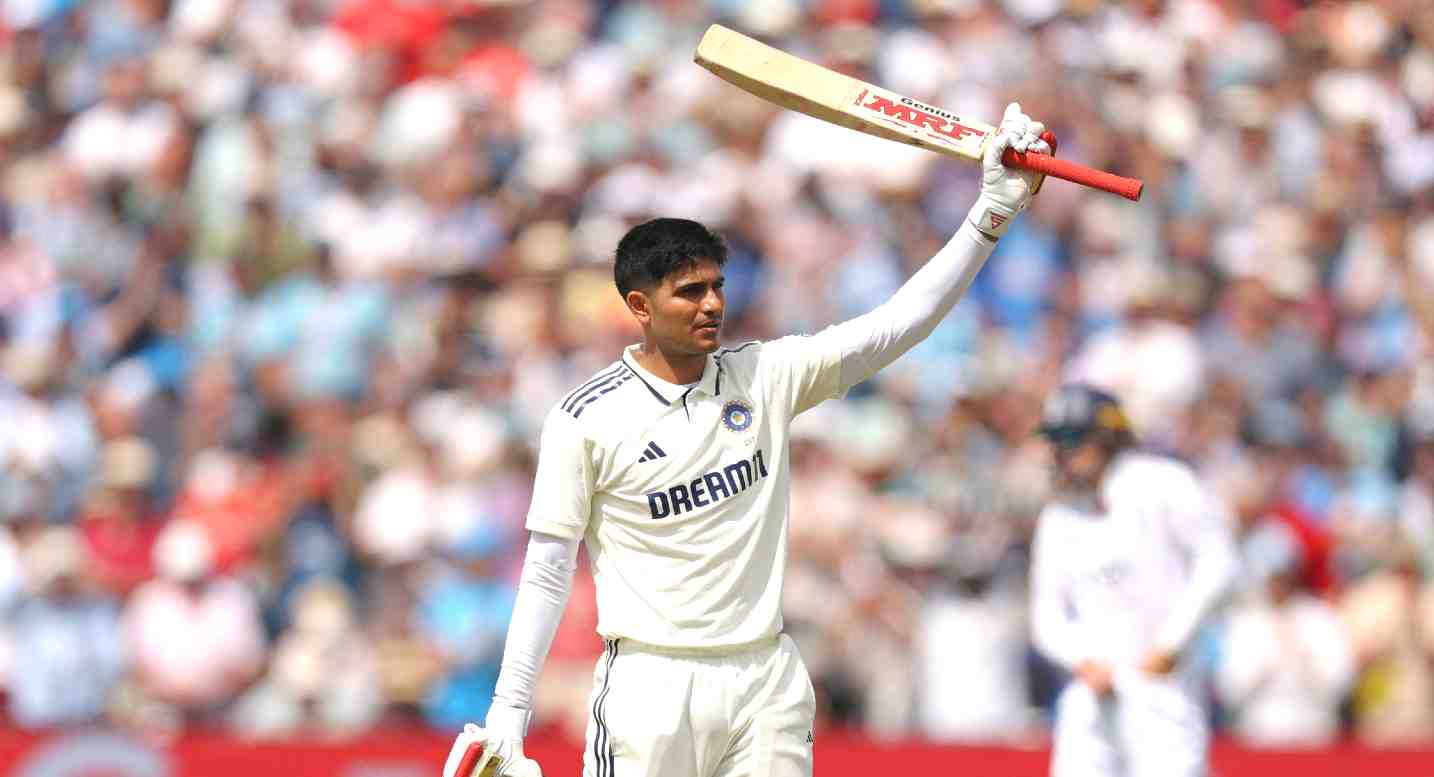ENG vs IND, 2025: Epic 269-run innings at Edgbaston lifts Shubman Gill’s career Test average above 40. What’s fuming Gill’s success at No. 4?

Before leaving Mumbai for the five-match Test series in England, India’s young captain, Shubman Gill, vowed to be the best batter of the series. He walked the talk with a fine 147-run knock in the opening Leeds Test. But India losing the last seven wickets for 41 runs taught the spring chicken a new lesson of being greedy.
In the pre-match press conference on the eve of the second Edgbaston fixture, Gill acknowledged the fault of his team’s first-innings collapse at Headingley. Getting another chance in Birmingham to put the game out of the hosts’ reach, he was determined not to repeat the same mistake.
Stylish Shubman Gill carries even tempo in error-free knock
When the Punjab-born walked into the middle, the Blue Brigade was walking on the rope at 95/2, losing Karun Nair at the stroke of lunch. In the second session, the right-handed batter mostly looked to defend. There were hardly any shots where he tried to use his power and smack the bowler.
Finding tempo in Test batting is a hard thing. It becomes challenging to understand the right time to take a backfoot or be aggressive on the opponents. Gill ticked several boxes in his 269-run knock. He was technically pure, even of tempo, stylish and entirely error-free.
When he reached the century, the roar countered critics he received after being appointed the red-ball leader. Once he crossed 147, his mind went back two weeks ago in Headingley. For batters, this is where the mental strength comes into the picture.
Ravindra Jadeja was right in saying ‘it never looked like Gill would even get out.’ Such knocks stay for the future to develop a player and give him confidence in raising the bar. When Josh Tongue went down the leg side, the 25-year-old thanked him and pulled the ball to fine-leg. He punched in the air, removed his helmet and went down on one knee with a huge smile on his face.
Jeetan Patel, England’s assistant coach, looked frazzled saying ‘we threw everything at him.’ It was a masterful innings until a little tired after 529 minutes of concentration and discipline, he put his feet into the leg-side trap. His innings was the centerpiece of India’s mammoth 587 putting the opponents 151 overs in the field.
Gill’s 269 pocketed some records. When he reached 180 after lunch, he passed the previous highest score of an India captain, Mohammad Azharuddin, in England. By drinks in the afternoon, he crossed the Little Master, Sunil Gavaskar’s record 221 for the highest score by an India batter in England. He wasn’t far away from becoming India’s third triple-centurion after Virender Sehwag and Karun Nair.
Incredible start to Shubman Gill's captaincy. First a hundred now double hundred. Not getting burdened by responsibility is a sign of a great leader. Indian cricket in safe hands.
— Mohammad Kaif (@MohammadKaif) July 4, 2025
Read More: ENG vs IND, 2025, 2nd Test, Day 2: Gill’s 269 takes India to 587; Akash Deep’s twin blows rock Eng

Shubman Gill’s technical change earns success
Gill started the series at a Test average of 35.05. With two successive centuries, his average has leapfrogged to 40.65 already. He opened the batting, batted at number three, and now has earned success at number four. Captaincy has helped him in taking extra responsibility with the bat.
He has also changed his technique. In the previous trip in 2022, he was never sure whether to get on the front foot or play late under the eyes. That was because of keeping the body weight on the back foot. The decision naturally used to put a huge gap between bat and pad, leading into edges and bowled dismissals.
Also, his front-foot stride was never straight which led the head to fall during playing the shot. Because of his bat and head not coming in a straight line, he always lacked balance in playing the shots.
Three years later, Shubman Gill has made changes. Now, he stands on his toes allowing the body weight to lean into the front foot. That helps the head to come perfectly into a straight line with the bat. There is no more gap between the bat and pad. The youngster is also trusting his technique of playing with softer hands, which helps the edges to die before going into the slip region.
To counter swing, he stands nearly a foot outside the crease. That helps him to cut down the swing and decrease the LBW dismissals. The entire shift isn’t only about techniques but also about clarity in mindset.
At the end of the second day, Gill accepted how he went into the shell when most of his shots found the fielders. But that’s better than committing a risky shot. Having taken a giant stride in his red-ball career as captain, the onus will be more on the batter.
The art of ‘daddy hundred’ and big scores are about being greedy as Shubman was. The bowlers, after a point, stop to dismiss the batter and wait for him to make a mistake. With an average crossing 40, Gill’s job now is to continue the rhythm with the bat for the next four weeks.
Read More: From 20-Wicket Obsession to Batting Depth: Is India Losing its Test Edge Post-Kohli?

